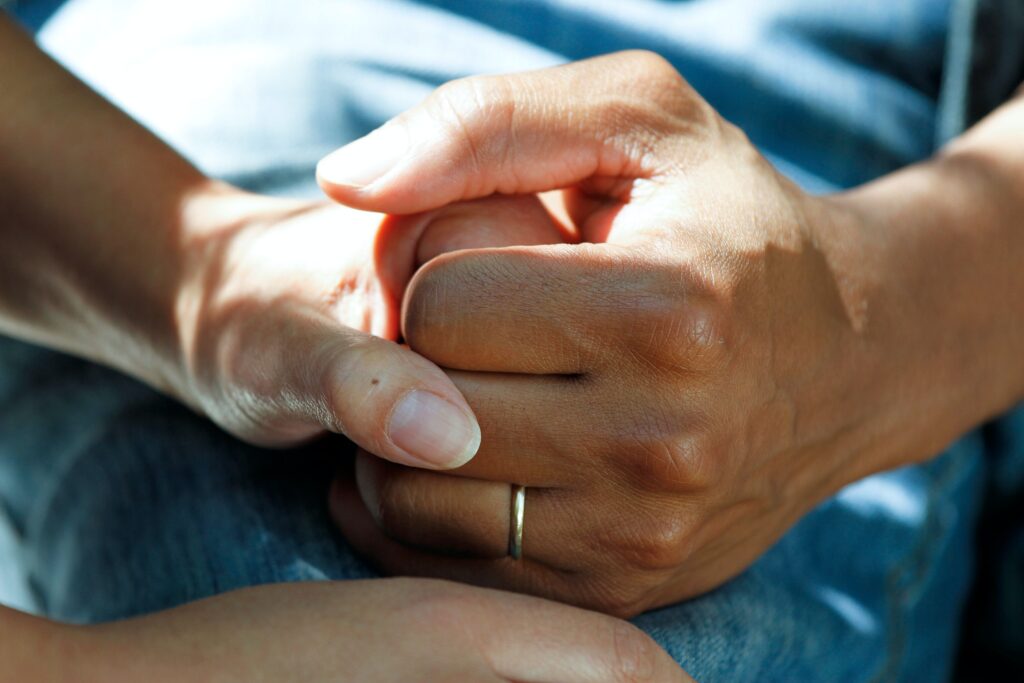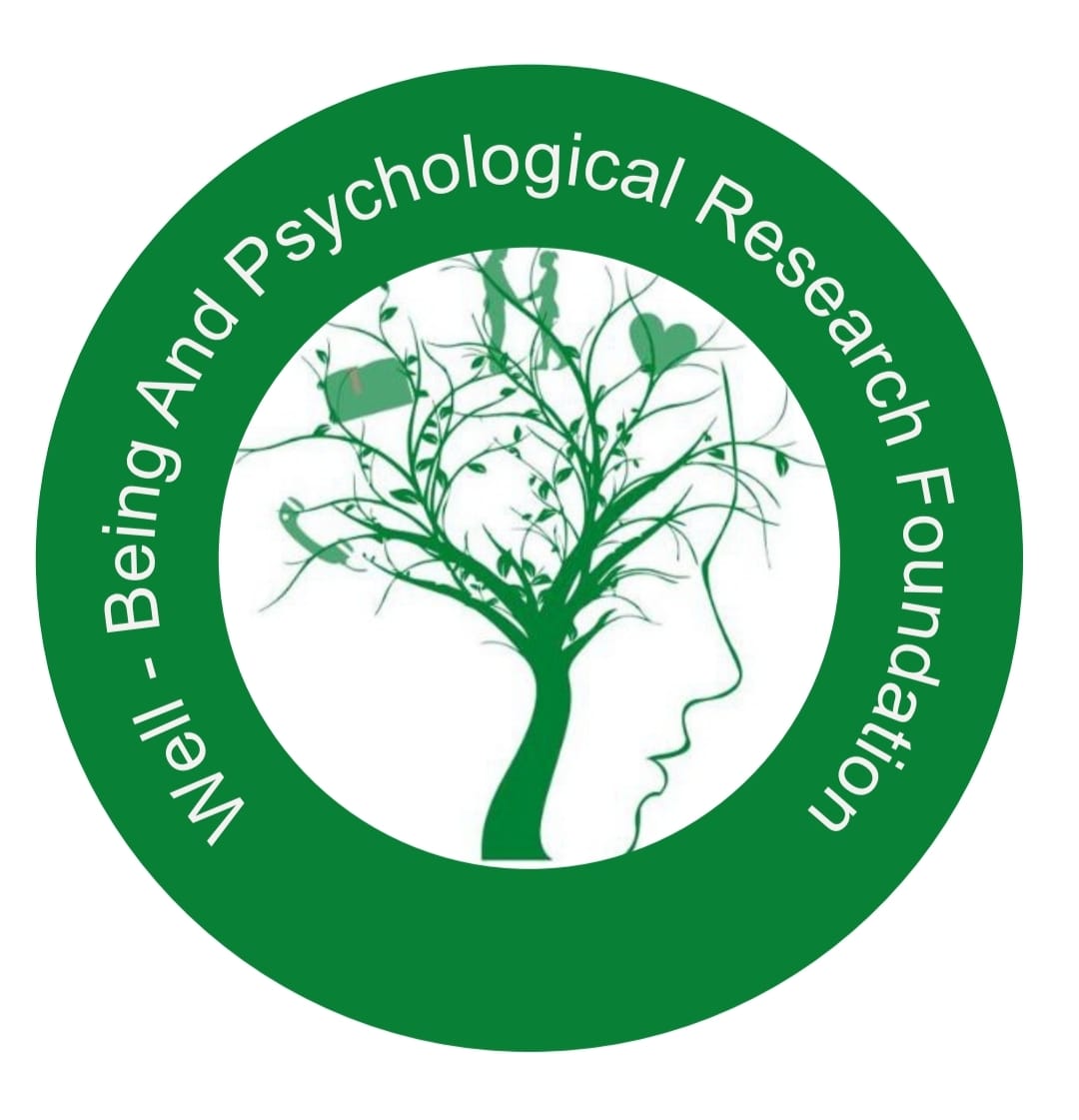Empowerment Beats
Anxiety
First, you think, then, you feel.
Imagine a cute orange little kitten. What do you feel? You’re probably smiling and feeling a sense of tenderness. Now, think of a crying toddler alone in the street. You’re probably feeling distressed.
Understanding how your brain works and why you feel the way you do is key for you and your child to control anxiety. What you think, you feel.
Why Is Anxiety Triggered In Children?

Emotions And Behavior
Growing up can be very challenging. Going through different stages of childhood and adolescence continuously presents new stimuli: different relationship dynamics, body changes, and a changing perception of the world. For some children, it can be overwhelming.
The brain of a child is under construction and the cognitive resources to face the outer world are not yet fully developed.
What Is Anxiety?
Sometimes, challenging situations can trigger our fight or flight response. This can lead to feelings of worry, fear, and nervousness. And that’s ok.
Healthy fight or flight responses typically have a beginning and a clear ending. This is called “good stress”. Good stress kicks our responses up a notch and boosts action-oriented behaviour. This can be helpful in solving problems.
Things get tricky when the ending to our fight or flight response isn’t clear. This can lead to anxiety becoming a daily problem, interrupting normal activities such as school, friendships, and the way we eat.
Most Common Anxiety Disorders in Children
Generalised Anxiety Disorder:
Children with Generalised Anxiety Disorder can experience excessive worry and fear about various activities and events. The feeling seems to have no obvious root cause and usually, the reaction is more intense than the situation calls for.
Potential symptoms and behaviours to watch for:
- Excessive worry about things before they happen
- Anxious thoughts about friends and activities
- Fears about safety
- Trouble sleeping
- Not wanting to sleep away from home
- Extreme fatigue
Separation Anxiety Disorder:
Children presenting with separation anxiety disorder often get extremely distressed when separated from their parents.
Potential symptoms and behaviours to watch for:
- Worries about illnesses or death of parents or caregivers
- Refusing to leave caregivers side ( including school time)
- Extreme fear of having bad dreams and being alone
- Nightmares
- Headaches or stomachaches when they know they are leaving their loved one’s side


Social Anxiety Disorder:
Children with social anxiety have an excessive fear of social embarrassment and judgment. Being part of parties, plays, public speaking, and sports can often be quite challenging for them.
Potential symptoms and behaviours to watch for:
- Children try to avoid social situations
- When in a social situation, they present physical symptoms like shaking and excessive sweating
- Excessive concern about being judged by others
Obsessive-Compulsive Disorder (OCD):
Children presenting with OCD experience obsessions and unhelpful thoughts that can trigger compulsions (e.g repetitive actions).
Potential symptoms and behaviours to watch for:
- Repetitive behavior
- Unhealthy obsessions
- Continuous doubts
How To Empower A Child With Anxiety

Mindfulness Is A Great Way To Start
If thoughts trigger your emotions, the key is taking control of your thoughts. Right?
Children tend to feel overwhelmed by their own thoughts and fears. They believe they have no control over them, which triggers anger and more anxiety symptoms.
The good news is that kids can take the reins of themselves.
How?
Research has shown that practicing mindfulness has outstanding results for children with anxiety.
Why?
Mindfulness decreases anxiety and boosts happiness. It’s a win-win.
How does it work?
Being mindful means paying attention to the present moment, and accepting it in a nonjudgmental manner.
How Can Mindfulness Help Anxiety?
What The Science Is Saying
A study authored by Saltzman and colleagues from Stanford University showed that 8 weeks of mindfulness practice, in children between fourth and sixth grades, decreased anxiety symptoms, and increased focus. They also presented diminished emotional reactivity and were more proactive in daily challenges.
Why Are These Results Important?
If not treated, anxiety in children can lead to ongoing concerns in adolescence and adulthood, such as isolation, self-doubt, and decreased work performance.
So, Why Mindfulness?
Mindfulness is a key skill for kids to learn. It will not only help them with anxiety and fears but it will boost their cognitive functions, resilience, and self-regulation. They will gain the ability to foster emotional regulation and quiet their mind, invaluable skills for their future.


Fostering Awareness
Knowledge is power.
When children realise what is triggering them, they gain self-knowledge and can act to regulate themselves.
Mindfulness practice directs their attention to breathing, which instantly leads to feelings of increased calmness. This can foster better self-awareness, allowing children to notice their feelings: the good and bad ones. This self-knowledge allows them to respond, rather than react.
Easy Ways To Practice Mindfulness With Children
Mindfulness practice means paying attention to what is happening in the present moment. That includes being aware of your own feelings, the noises around you, and your physical sensations. The safe place is yourself. It is not about having your mind blank – since that is biologically impossible- but accepting what is happening without judging. If a thought comes your way, just let it in and let it go. Don´t cling to it. Just experience the flow of thoughts and feelings as they come.
Practicing mindfulness is not sitting alone in absolute silence, it can be experienced as a game – a fun one!


Tip For Caregivers
The best way to teach a child to be mindful is to be mindful of yourself.
When you drink a cup of tea, do you enjoy the experience of its smell and its flavour? Or do you drink it in a hurry while texting and feeding the dog?
Be there, wherever you are.
How to start?
You can make mindfulness a game to play.
Try the following:
Safe place visualization: Invite your child to mind travel to a safe place. You both close your eyes and go there with your mind. Describe to each other everything you are feeling while being there. Is it warm? Windy? Are you comfortable? Are you happy?
Children can learn to count on this resource whenever they feel anxious. They will learn that they can go to their safe place and feel grounded just by closing their eyes.
Gratitude before bed: When in bed, ask your child to name three things of the day that they feel grateful for. No matter how hard the day was, it’s important to really think about the things that went well. It could be as simple as gratitude for the sunshine, or for having a roof to sleep under.
